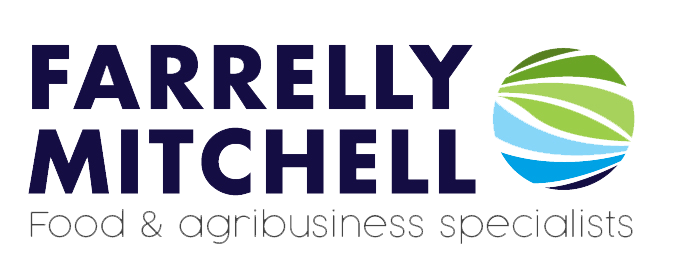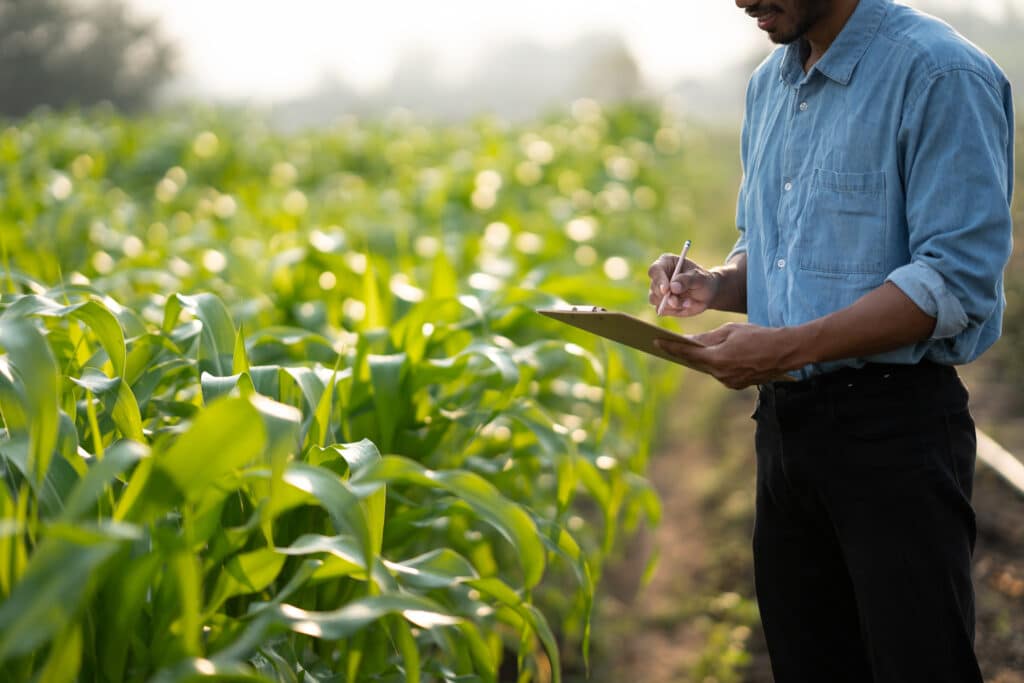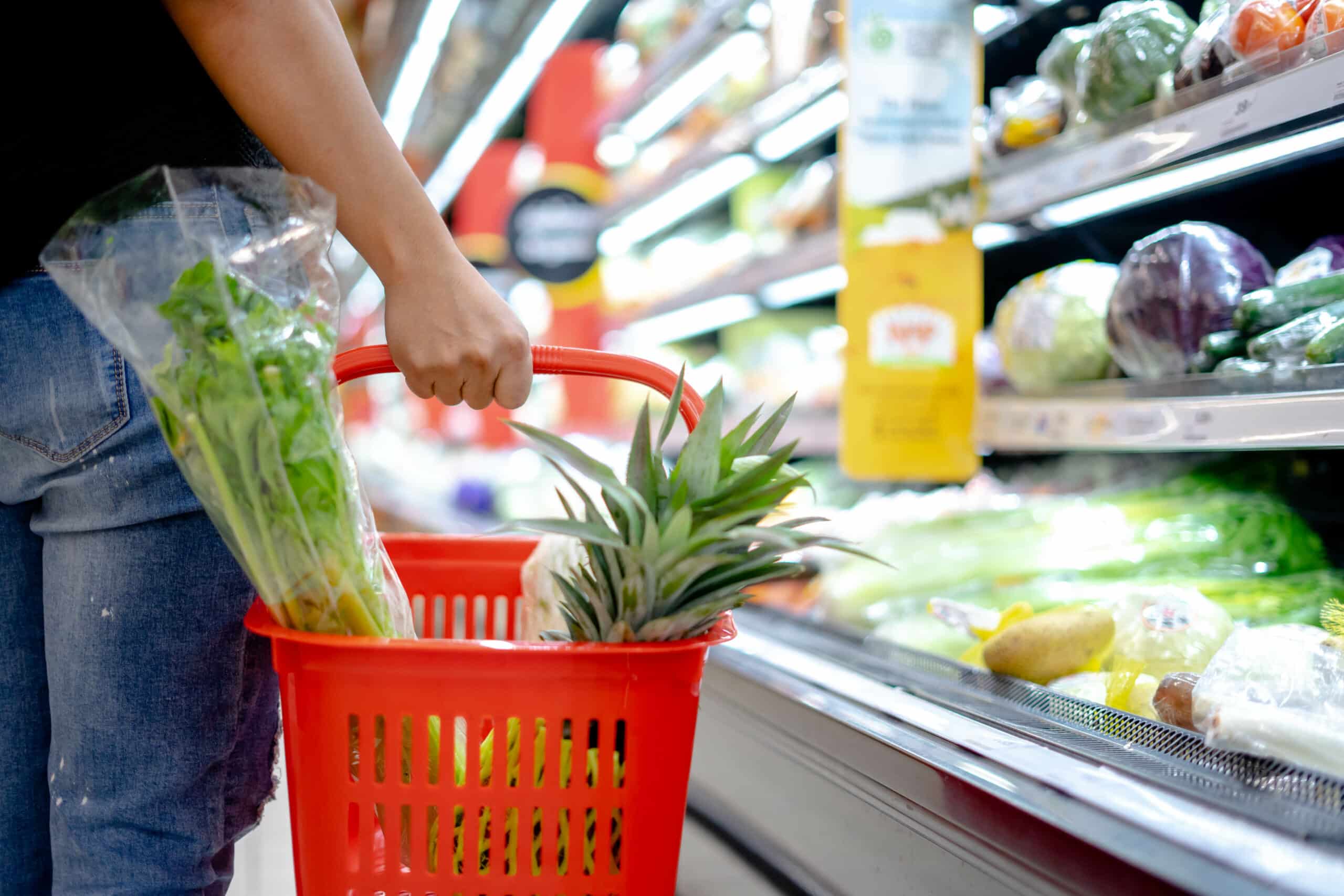COVID:19 has brought food security to the fore in the policy agenda in many countries, but agrifood experts have been calling for reforms since long before the pandemic. Food supply disruptions and panic buying during the early stages of the pandemic in Spring 2020 served to increase attention on food supply chains and issues relating to resilience and food security.
A survey of 367 agri-food MSME’s (Micro, Small and Medium-Sized Enterprises) in 17 countries, collected in May 2020 captured the initial impacts of coronavirus on their operations.
94.3% of respondents reported that their firm’s operations were impacted, primarily through decreased sales as well as lower access to inputs and financing amid limited financial reserves. As the pandemic ends, there are food supply learnings worth taking on board as the economy recovers.
The need for resilience
With panic buying at the start of the pandemic it was reported that farmers were throwing away unsold food. Strengthening management of markets and building redundancy to prevent supply-chain disruptions ensures systems function smoothly during a crisis.
Activities related to production, storage, distribution, processing, packaging, retailing and marketing of food should not end.
The pandemic has put a severe strain on many businesses and highlighted the need for innovation and flexibility. COVID-19 has led to a drastic shift in consumer demand away from restaurants, foodservice and other types of “food away from home” towards food consumed at home, requiring important changes in the way food supply chains operate.
Many restaurant businesses have had to adapt to survive, by offering a takeaway service or other innovations.
Health and wellbeing of employees
Many supply bottle necks during the pandemic were due to availability of labour. Some farm sectors are more dependent on (seasonal) labour than others.
Fruits and vegetables are more labour-intensive, while cereals and oilseeds typically require less labour. Covid-19 related travel restrictions and border closures reduced availability of seasonal farmworkers and migrant workers within food processing and packing.
The food processing industries were also affected by rules on social distancing, by labour shortages due to sickness, and by lockdown, measures to contain the spread of the virus. COVID-19 clusters were found in meat processing plants in various countries and slaughterhouses and meat processing plants are favourable environments for SARS-CoV-2 transmission.
The virus thrives in lower temperatures and extremely high or extremely low relative humidity. Metallic surfaces retain live viruses for longer than other environments. A dense production of aerosols combining dust, feathers, and faeces is produced in the plants, and intense water use carries materials extensively over surfaces. Workers also need to speak loudly or shout over noise, releasing more droplets and spreading them further. Under these conditions, social distancing has proved difficult.
Employees often work close to each other, making it difficult to respect physical distancing requirements. In some cases, workers also live together in overcrowded conditions, which further facilitates the spread of the virus.
Meat processing appears to be more sensitive than other types of food processing in part because of the labour-intensive nature of operations. By contrast, other sectors such as grain handling and processing are already highly automated and less labour intensive and have not experienced the same level of disruption.
Going forward the food businesses will need to pay more attention to human resources issues and invest in keeping employees safe and this includes the need to consider how to minimise the communicable disease.
Consumers
Feeding America, the largest anti-hunger association in the US, reported a nearly 60% increase in food bank users during the pandemic.
In a future crisis, safety nets and food assistance are essential to avoid an increase in hunger, especially in developing countries. Food access for the most vulnerable can be protected by increasing their purchasing power and, where necessary, by directly providing food through government or community-based programmes.
Investment in technology
The pandemic has highlighted the need for investment and the value of automation within the food chain. According to the UN, accelerated investment should be a pillar of the COVID-19 response, aiming for immediate impact to sustain and improve livelihoods.
Investment in automation can reduce reliance on human labour and lessen the impact of disruption due to staff illnesses. Investment in data and precision farming technology can also help to reduce the impact of supply shocks and disruptions.
The next food crisis may come in the form of another pandemic, drought, floods, or something entirely different. However, one of the big lessons from the current scenario is that to keep people from going hungry, governments will not only need to ensure that food supplies continue when times are bad. They also must ensure that poor people have enough money to buy that food.
Designing robust agribusiness strategies
The disruptive impact of the pandemic has highlighted the vulnerabilities of global food systems and the precarious nature of food security around the globe. As the industry calls for further investment in supply chain automation and other technologies, it is crucial that the long-term impacts on human livelihoods, sustainability, and productivity are considered.
At Farrelly Mitchell, our supply chain experts can guide ambitious businesses and investors looking to enhance productivity, operational efficiency, and resilience in the agri food sector. With decades of experience and a deep understanding of supply chains, our consultants can advise on the best strategies to navigate food supply and production disruptions and thrive. To ensure informed and effective decision-making in times of crisis, contact Farrelly Mitchell today.














